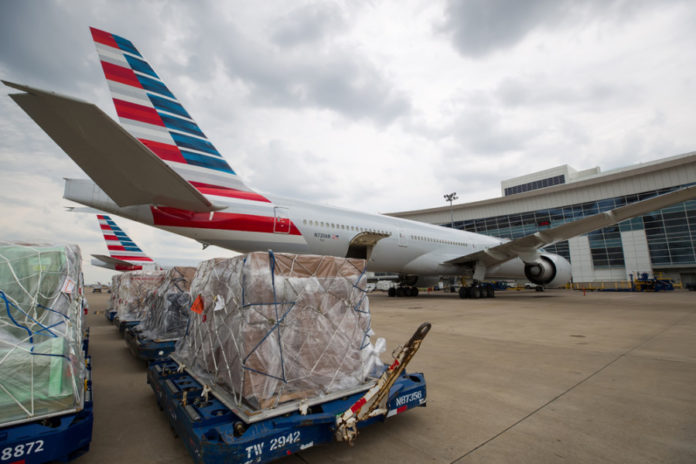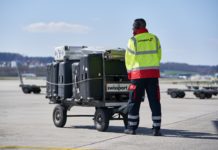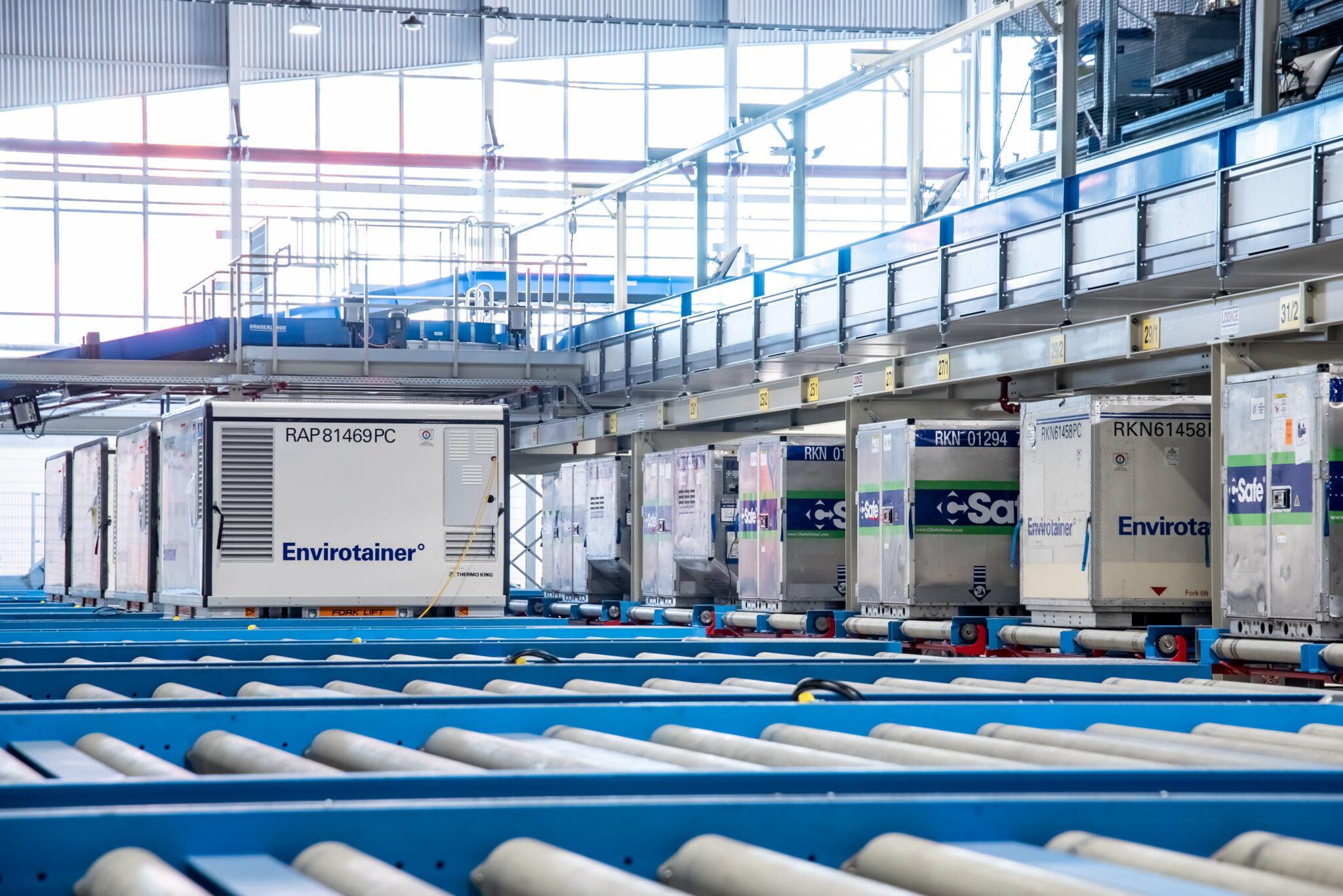

Routes between the Americas and Asia are expected to benefit from Dallas Fort Worth International Airport (DFW) upgrading cool chain facilities, vice president of airline relations Milton De La Paz tells Air Cargo Week.
The new facility is on track to open late this summer and there has been a lot of interest from freight forwarders and shippers looking to utilise the facility’s services.
DFW has handled more than 435,000 US tons of cargo between January and July, a 12 per cent year-on-year increase, and De La Paz expects cargo movements to surpass 2016 figures.
He predicts the cool chain facilities will help, saying: “Based on the interest the Airport has received thus far and the thriving North Texas economy, along with the growth in perishables we have seen to date from Latin America, it is expected that the facility will show strong performance when it opens.”


Brazil – Asia and Chile – Asia are expected to be the key cool chain markets for perishables transiting via DFW.
De La Paz says: “Daily passenger flights to China from DFW operated by American Airlines, along with dedicated Asian freighter service, provide significant lift and connectivity. American Airlines also offers strong Latin American service already operating out of DFW.”
The new facility will handle perishable commodities including flowers, fish, vegetables, pharmaceuticals and life science products, and South American fish, particularly salmon are predicted to perform very well.
Dallas’ geographic position makes DFW a logical gateway for trade between Latin America and Asia, with many perishable goods from Mexico trucked in bond across the border, stored in DFW’s cool chain facility and then exported to Asia.
Despite this, a lot of South American perishables are exported via Miami, then trucked to Los Angeles for transhipment to Asia, which De La Paz says can add three or more days to total transit times.
He says: “By using DFW Airport as a transit point for moving cool chain cargo between Latin America and Asia, shippers and forwarders can add at least three days of shelf-life to their products as these products will arrive to the consumers faster and fresher.”
With a booming world population and increase in per capita consumption, demand for food and agriculture is expected to increase tremendously, and the cold chain logistics market is expected to reach $386 billion by 2024, according to research by ASD Reports.
De La Paz says DFW sees the cool chain as an opportunity to develop cargo flows between Latin America and Asia, as well as the central USA, Canada and Europe. The growth of e-commerce also provides an interesting opportunity.
De La Paz explains: “The success of grocery delivery services offered by Amazon and other companies indicates that cool chain in the air cargo industry will be more important than ever.”
Amazon plans to expand its distribution centre from 149,000 square metres to 446,000 by the end of 2018, giving the airport even more capacity to grow.
The increased volume of cool chain shipments worldwide also increases the risk of damage or loss, and De La Paz says tighter networks of logistics partners will be necessary across air, truck and rail transport.
Cooperation will be necessary to minimise losses and damage. With this in mind, DFW is supporting local logistics stakeholders across the supply chain in establishing an IATA CEIV community at the airport.
De La Paz says: “We view this CEIV Certification as an opportunity to attract more pharma shipments and establish DFW as a viable logistics hub in the global supply chain.”













